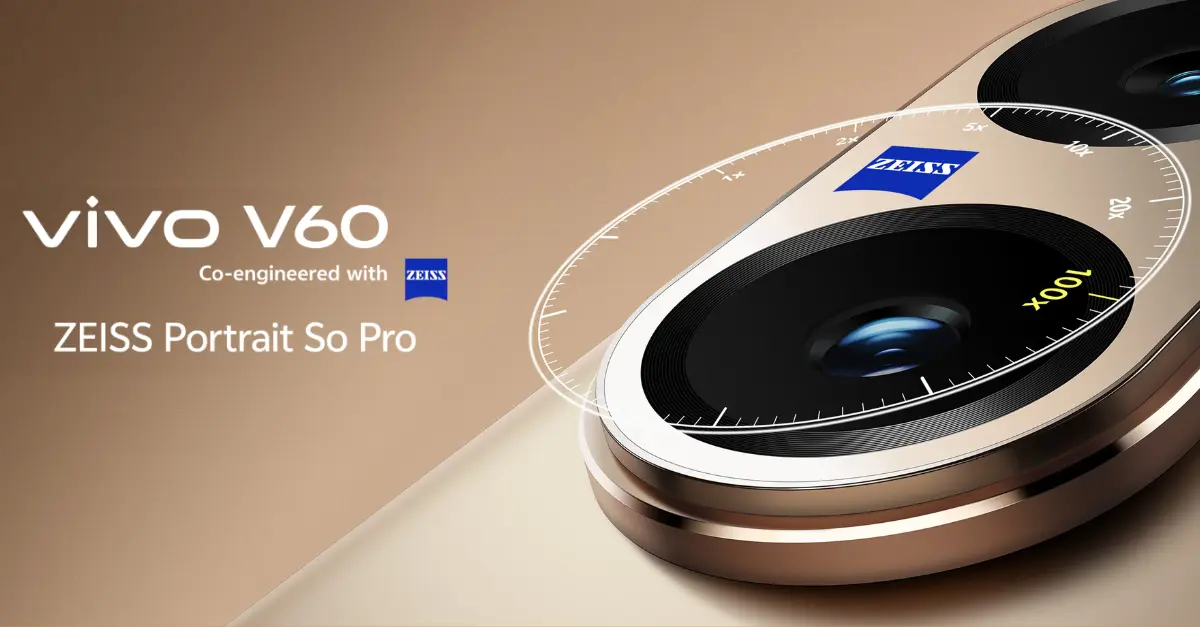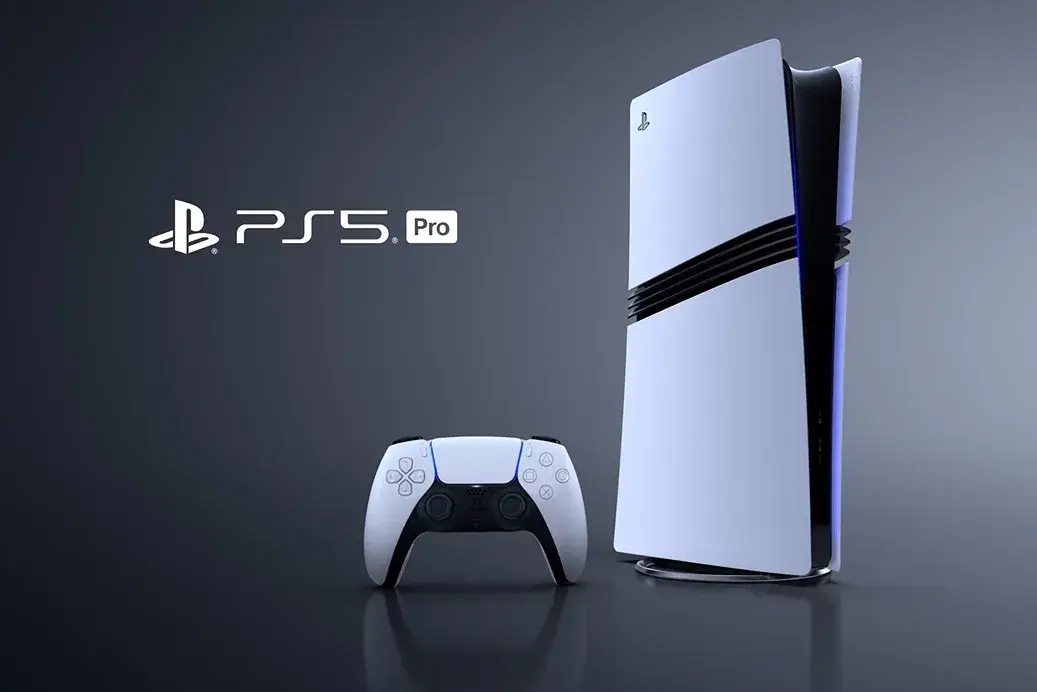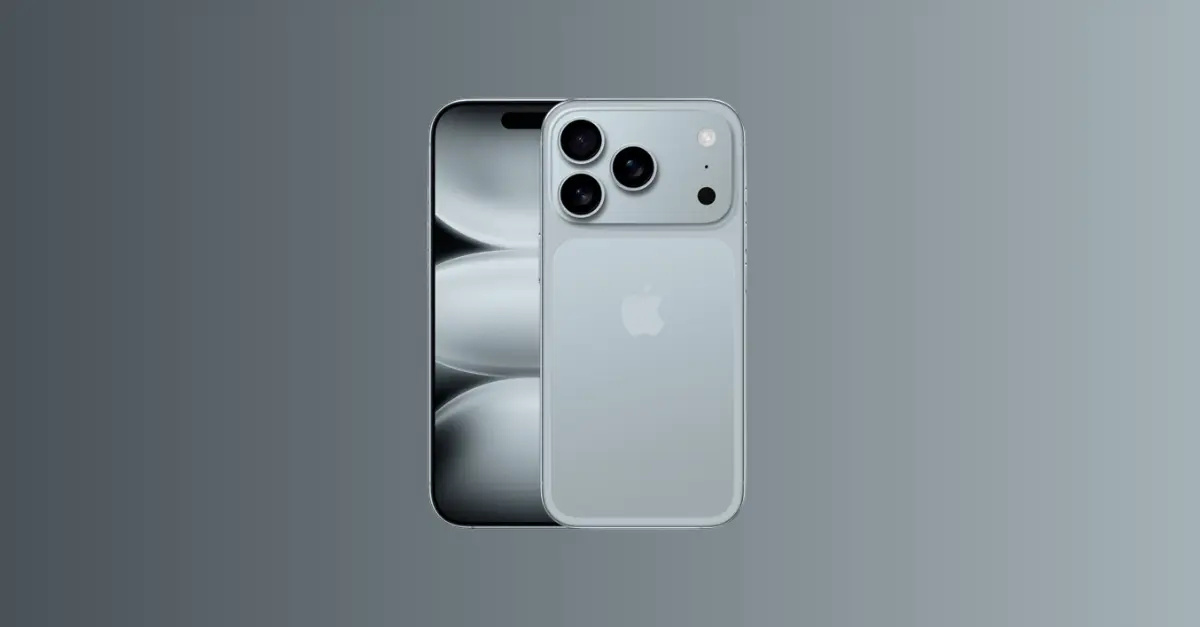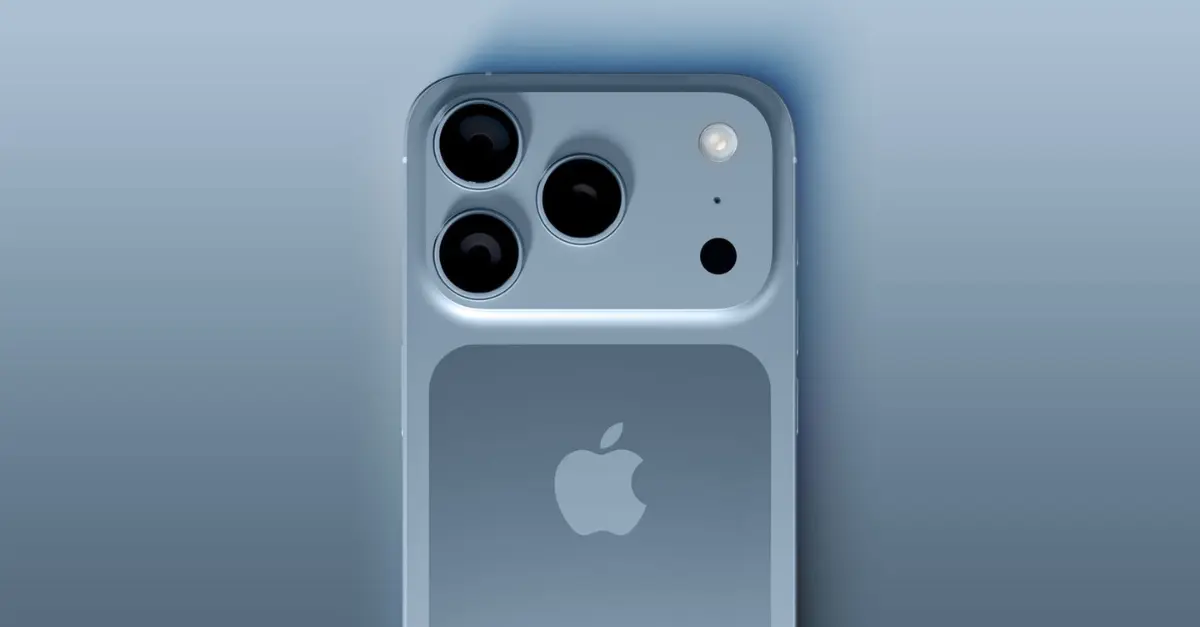Apple has a habit of pushing design boundaries, but with the upcoming iPhone 17 Air, it seems the company is about to shatter its own records. Expected to launch in September 2025 at a starting price of around $899 in the US, the iPhone 17 Air is rumored to be the thinnest iPhone ever — just 5.5 mm thick.
This design-first approach puts it in a unique spot in the iPhone 17 lineup, which also includes the standard iPhone 17, the performance-focused 17 Pro, and the photography powerhouse 17 Pro Max. But the question for US buyers is simple: does the iPhone 17 Air’s ultra-thin body make it the perfect everyday phone, or is it a compromise waiting to happen?
In this review, we’ll deep-dive into the Air’s design, performance, display, battery life, and camera while comparing it against its siblings — so you can decide if this is the 2025 iPhone for you.
Design & Build
The headline feature is obvious — the iPhone 17 Air’s incredible 5.5 mm profile. That makes it slimmer than most credit cards and even thinner than Samsung’s Galaxy S25 Edge. This feat is achieved with a titanium-aluminum alloy frame, flat edges, and a minimalist camera bar that houses a single 48MP lens.
At just 145 grams, it’s also the lightest iPhone in years, making it perfect for one-handed use. The bezels are slimmer than the standard iPhone 17, but early renders suggest the Air may skip the Dynamic Island entirely to maximize screen space.
Color options are expected to include Starlight, Midnight, Sky Blue, and a new Champagne Gold, with Apple’s Ceramic Shield on the front for scratch resistance. And yes — it’s still rated IP68 for dust and water resistance.
For US buyers, availability is expected through Apple Stores, Best Buy, Amazon US, and major carrier partners (Verizon, AT&T, T-Mobile) from September 19, 2025, with early trade-in promos likely during Black Friday.
Display & Audio
The iPhone 17 Air is rumored to feature a 6.6-inch OLED panel with 120 Hz ProMotion, matching the smoothness of Pro models. With peak outdoor brightness expected at 2000 nits, it should handle sunny conditions with ease.
The resolution should be on par with the standard iPhone 17’s Super Retina XDR display, delivering vivid colors, deep blacks, and excellent HDR support for streaming on platforms like Apple TV+ and Netflix.
Where it may differ is in audio. Due to its ultra-thin frame, the Air might use a single high-quality speaker rather than full stereo — an area where the Pro models still win.
Performance & Software
Powering the iPhone 17 Air is Apple’s latest A19 chip, built on a 3nm process for efficiency. Some reports even suggest a tweaked A19 Pro variant with reduced GPU cores to save on thermal load in such a slim chassis.
Paired with 12 GB of RAM, the Air is set to deliver smooth multitasking and fast app launches. Everyday tasks like browsing Safari, managing documents, and streaming music will be effortless, and casual gaming should be no problem. However, heavy 3D gaming sessions may heat up the device faster than thicker models, as the Air reportedly lacks the vapor chamber cooling used in the Pro Max.
Running iOS 26, the Air benefits from Apple’s new Liquid Glass UI and AI-driven features like Adaptive Power Mode — designed to extend battery life intelligently. US-specific perks include eSIM-only support, Emergency SOS via satellite, and possibly Wi-Fi 7 for future-proof connectivity.
Carrier compatibility is expected across Verizon, AT&T, and T-Mobile, ensuring you’ll get full 5G coverage whether you’re in New York City or rural Midwest.
Also Read
- Top 5G Phones Under $1,000 in 2025
- iPhone 17 Review: Apple’s Photography Powerhouse
- iPhone 17 Pro Max Review: Apple’s Camera King
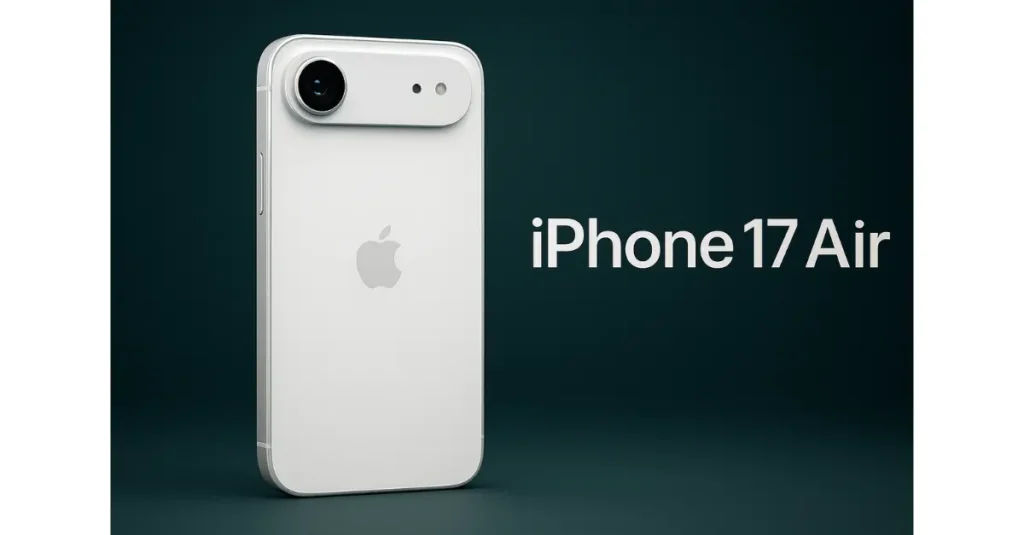
iPhone 17 Air Camera
The iPhone 17 Air takes a minimalist approach:
- Rear: Single 48MP Fusion camera
- Front: 24MP selfie shooter
While this might seem limiting compared to the triple-camera setups of the Pro models, Apple’s computational photography could still make the Air competitive for most users. Expect excellent daylight shots, sharp low-light performance, and support for 4K cinematic mode.
The lack of a telephoto lens means zoom performance will be digital, so if you rely on zoom for wildlife or sports photography, the Air isn’t the right pick.
Selfie quality should improve significantly thanks to the higher-resolution front camera, making it ideal for FaceTime and social media creators.
Battery & Charging
Here’s where the Air’s slim body shows its compromise — the rumored 2,800–2,900 mAh battery is the smallest in the iPhone 17 family. Apple hopes to offset this with the efficiency of the A19 chip and iOS 26’s Adaptive Power Mode, but heavy users will likely need a midday top-up.
Charging options include 35W USB-C wired charging and MagSafe wireless charging (up to 15W). In the US, Qi 2.2 compatibility will also allow faster charging with third-party accessories.
Compared to the standard iPhone 17’s ~3,300 mAh and the Pro Max’s ~5,000 mAh, the Air is clearly built for light-to-moderate use.
iPhone 17 Air Pros & Cons
Pros:
- Ultra-thin and lightweight design (5.5 mm, 145g)
- A19 chip with strong everyday performance
- Stunning OLED display with 120 Hz ProMotion
- 12 GB RAM for smooth multitasking
- Premium build with IP68 water resistance
Cons:
- Small battery capacity limits heavy use
- Single rear camera limits photography versatility
- Likely single-speaker audio
- Possible omission of Dynamic Island
Verdict
The iPhone 17 Air is for those who value style, portability, and elegance over raw specs. It’s perfect for professionals who need a lightweight daily driver, travelers who appreciate a pocket-friendly form factor, or anyone who finds current smartphones too bulky.
However, if you’re a mobile gamer, a heavy photographer, or someone who needs two-day battery life, you’ll be happier with the standard iPhone 17 or Pro models.
At $899, it’s competitively priced for its engineering marvel, but it’s still a luxury choice — and one that could become a cult classic among design lovers.
FAQ
1. Does the iPhone 17 Air support 5G in the US?
Yes, it’s expected to work with Verizon, AT&T, and T-Mobile, supporting both mmWave and sub-6 GHz 5G.
2. Will the battery be enough for a full day?
For light-to-moderate use, yes. Heavy users may need to charge mid-day.
3. Does it have USB-C?
Yes, like all iPhone 17 models, it uses USB-C for faster charging and data transfer.
4. Is the iPhone 17 Air better than the standard iPhone 17?
Better for portability, but the standard 17 offers longer battery life and dual rear cameras.

